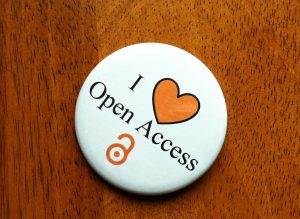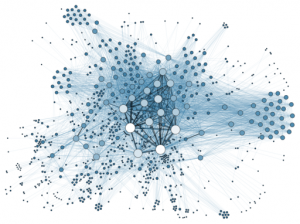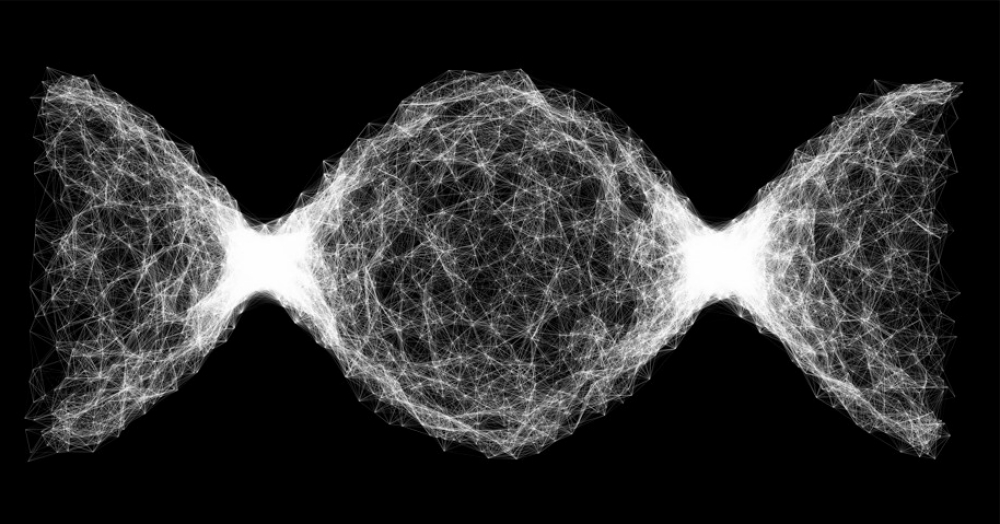Source: http://blogs.unimelb.edu.au/23researchthings/
Thing 18: Sharing Your Work (Without Breaking the Law)
Knowing what your publisher will letyou share with others, and where you can share it, is one of the more
challenging obstacles to reaching an audience outside academia. In this
post, we provide some guidelines on sharing online (without upsetting
your publisher). Continue reading “Thing 18: Sharing Your Work (Without Breaking the Law)” →
Thing 17: Open Access – Gold, Green and Black
Open Access (OA) refers to the abilityfor anyone, anywhere, to access academic research free of charge. This
blog post aims to demystify the three main varieties of OA: Gold, Green
and Black. Continue reading “Thing 17: Open Access – Gold, Green and Black” →
Thing 16: Communicating Your Research
Academic research is traditionallycommunicated in articles which are aimed at an expert audience and
published in specialised journals. But if you are thinking about
disseminating your research more widely, and possibly beyond an academic
audience, blogging or writing for news outlets like The Conversation
may be the answer. Continue reading “Thing 16: Communicating Your Research” →
Thing 15: Social Media
Social media can be a powerful tool fornetworking and raising your research profile. Its conversational style
fosters open, informal professional connections and enables engagement
with the wider community. Continue reading “Thing 15: Social Media” →
Thing 14: Posters and Infographics

Looking for a succinct yet impactful
way to showcase your research project? In this post we’ll get you
started with creating effective posters and infographics.
Continue reading “Thing 14: Posters and Infographics” →
Thing 13: Manipulating Images
Previous posts have consideredstoring and finding images, but what if you’d like to take it a step
further and manipulate images? The University Digitisation Centre (UDC)
processes over 1 million images per year, and this post introduces some
of the tools and techniques UDC staff use for automating tasks when
manipulating images.
Continue reading “Thing 13: Manipulating Images” →
Thing 12: Open Access Images
Images may form an integral part ofyour research, or they may be useful as a means of communicating your
research. This post looks at a range of tools for finding photographs
and other images online. It also has some useful pointers on making sure
you’re using those images in a copyright-compliant manner. Continue reading “Thing 12: Open Access Images” →
Thing 11: Omeka
Previous “Things” have covered themanaging of references, text mining and tools to help with the
statistical analysis of data. But what if your research relies on visual
materials? How and where, for example, do you store and potentially
display images? Omeka is here to help! Continue reading “Thing 11: Omeka” →
Thing 10: Visualise Your Data
Data visualisation refers to the visual representation of data to draw out trends, patterns and relationships, and present these in an accessible and easily-recognised form. Continue reading “Thing 10: Visualise Your Data” →Thing 9: Statistical Analysis Software
This week’s post will help you to learnabout a selection of different statistical packages, how to access them
(on campus and outside the university) and where to get help. Continue reading “Thing 9: Statistical Analysis Software” →
Number of posts found: 46
23 Research Things (2017) – Digital tools to support your research






No comments:
Post a Comment